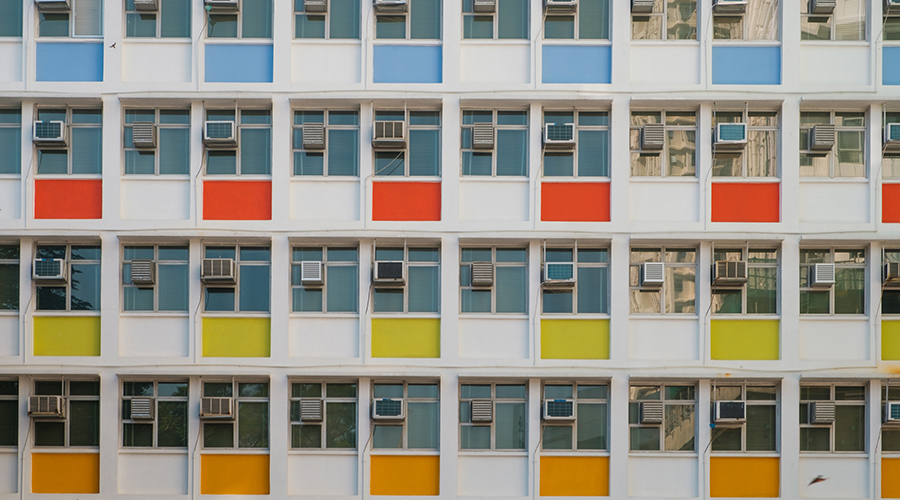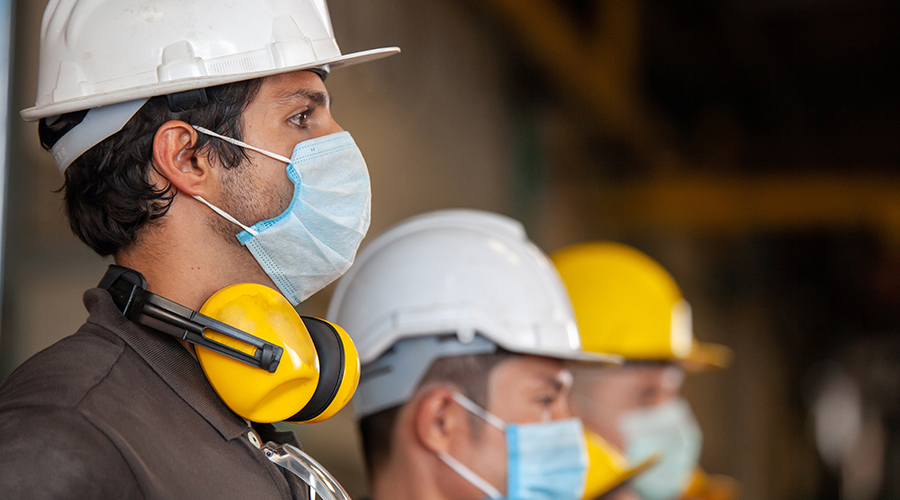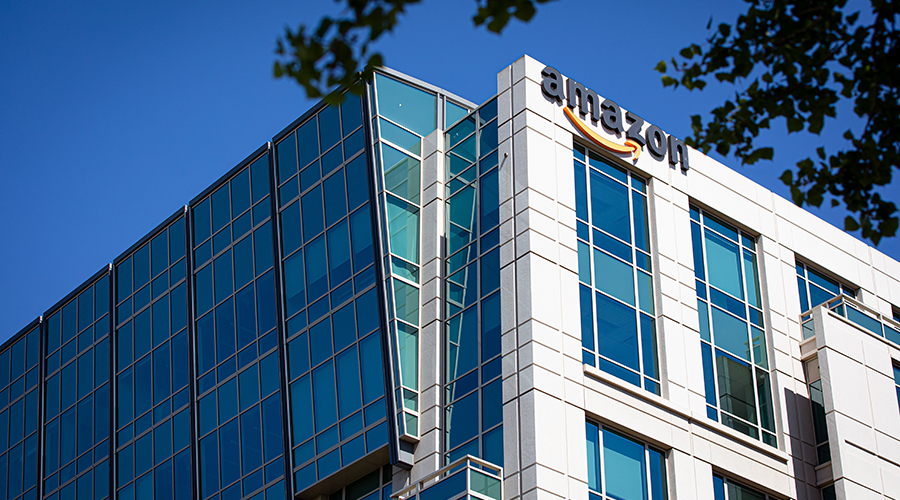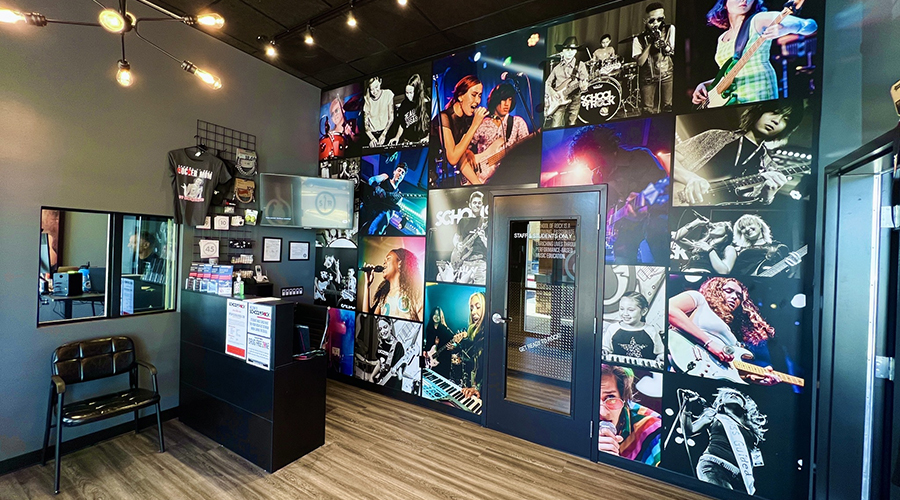
Replacing Air Conditioning Units Costs Schools Millions
While Jalen Hurts is donating money to Philadelphia, other schools aren’t as lucky. November 25, 2024
By Mackenna Moralez, Associate Editor
Philadelphia Eagles quarterback Jalen Hurts has pledged to donate $5,000 for every touchdown he makes this season to Philadelphia schools so they can get air conditioning in their facilities. Hurts crossed the $100,000 threshold during the Eagles’ victory over the Dallas Cowboys.
Earlier this school year, 63 Philadelphia schools dismissed students early due to extreme heat brought on by inadequate air conditioning. Last year, Hurts donated $200,000 to the district through his “Keep it Cool” initiative, allowing for 10 schools to upgrade their air conditioning units.
Philadelphia monitors the temperature at schools, and once indoor temperatures reach 90 degrees the school considers moving to virtual learning.
“The School District of Philadelphia monitors temperatures and makes decisions in alignment with the inclement weather and emergency protocol,” a school district spokesperson said in a statement this summer. “In extreme heat and during the summer months, the district encourages families to please remember to keep their children hydrated and dressed in light-colored and lightweight clothing, and be sure they wear sunscreen.”
Not all school districts have Hurts in their corner, though. According to ABC 15, it is costing some districts tens of millions of dollars in Arizona to replace their air conditioning units, requiring help from the state for funding.
In Arizona, schools are required to keep temperatures between 68- and 82-degrees Fahrenheit under normal conditions with students and staff inside. However, this past summer was the hottest it has been in the last five years, making it difficult to manage classroom temperatures with aging air conditioning units. According to ABC 15, one district had to move students to the hallway during an air conditioning malfunction in order to get portable units installed in classrooms.
Air conditioners are being used for longer periods of time in schools as the summer weather lingers around longer. While schools can aid in cooling classrooms by adding shades, most districts will require additional funding to maintain their facilities.
Educational facilities have two categories when it comes to spending: operational, which includes everything from salaries, benefits, curriculum materials and instructional supplies; and capital, which includes infrastructure projects, such as replacing outdate HVAC equipment or retrofitting an old building with new and modern technology. Capital spending requires districts to take out bond-style loans that need to be repaid over 30 years. Traditionally, districts must require a majority of votes before they can borrow the money. Still, public support for school bonds varies on factors both in and out of a district’s control, such as the wording of the ballot question. The simpler the language, the more likely it is that voters will be able to understand how voting for the initiative will affect them.
Mackenna Moralez is the associate editor of the facilities market.
Next
Read next on FacilitiesNet












